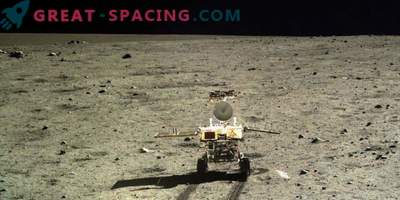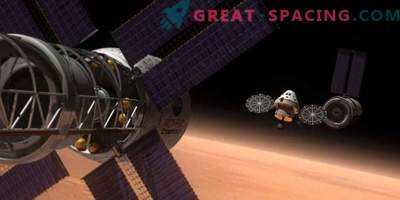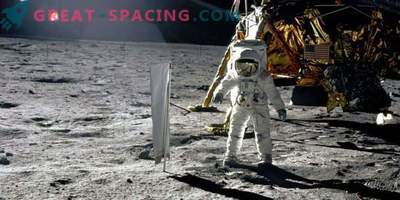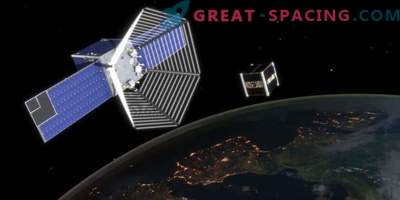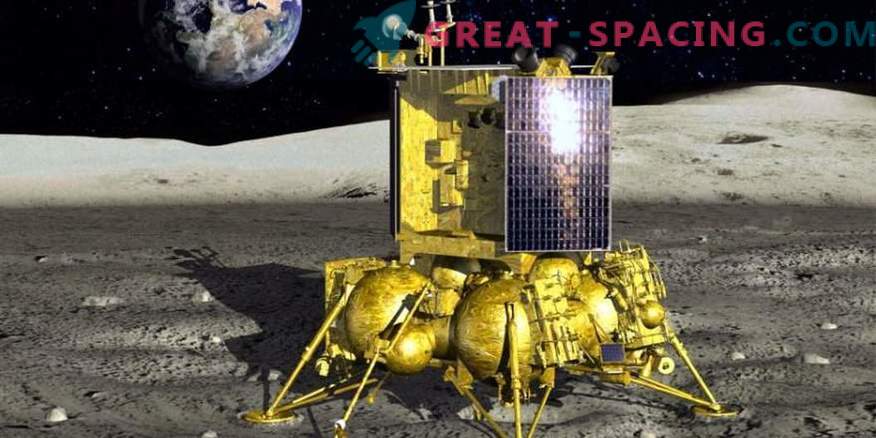
The Russian lunar program includes the landing of astronauts to the surface, as well as the construction of a base on the satellite. But before that a number of actions are to be carried out, among which the launch of the Luna-26 apparatus is on the list.
Lunar Project
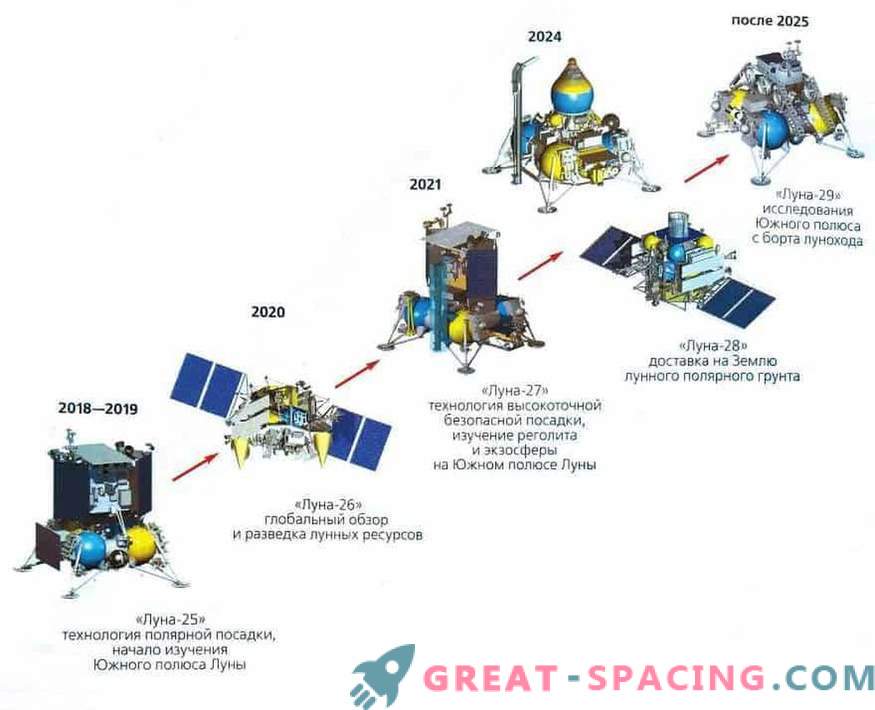
At the first stage, the country needs to carefully examine the lunar surface near. It would be foolish to send astronauts into the unknown at your own risk. So, not to do without orbital research. Thus, the Luna-Resource-1 project emerged.
The goal of the project is to deliver the spacecraft to the near-moon polar orbit in order to use it to perform a remote study of an earth satellite. But the project includes two ships, where the second will be a landing site, which will allow to explore the terrain from the lunar surface.
As a result, we get the missions Luna-26 (orbital) and Luna-27 (landing). The first part of the program will be the launch of the Moon-26. Initially, representatives of Roskosmos viewed this device as part of the Luna-Glob mission, but later the project became independent. If all goes well, then Luna-26 will become the first difficult launch for scientific purposes beyond Earth limits (a total of 4 probes are planned to be launched).
It was reported that the finished spacecraft will appear before us by February 2020. But the latest data indicates that the dates have shifted to the 2023nd (for the time being it is impossible to say for sure). At the moment, the cost of the project is estimated at almost 2 billion rubles. The starting point will be the Vostochny Cosmodrome site, from where the Soyuz 2.1b rocket will be launched.
Investigation from orbit
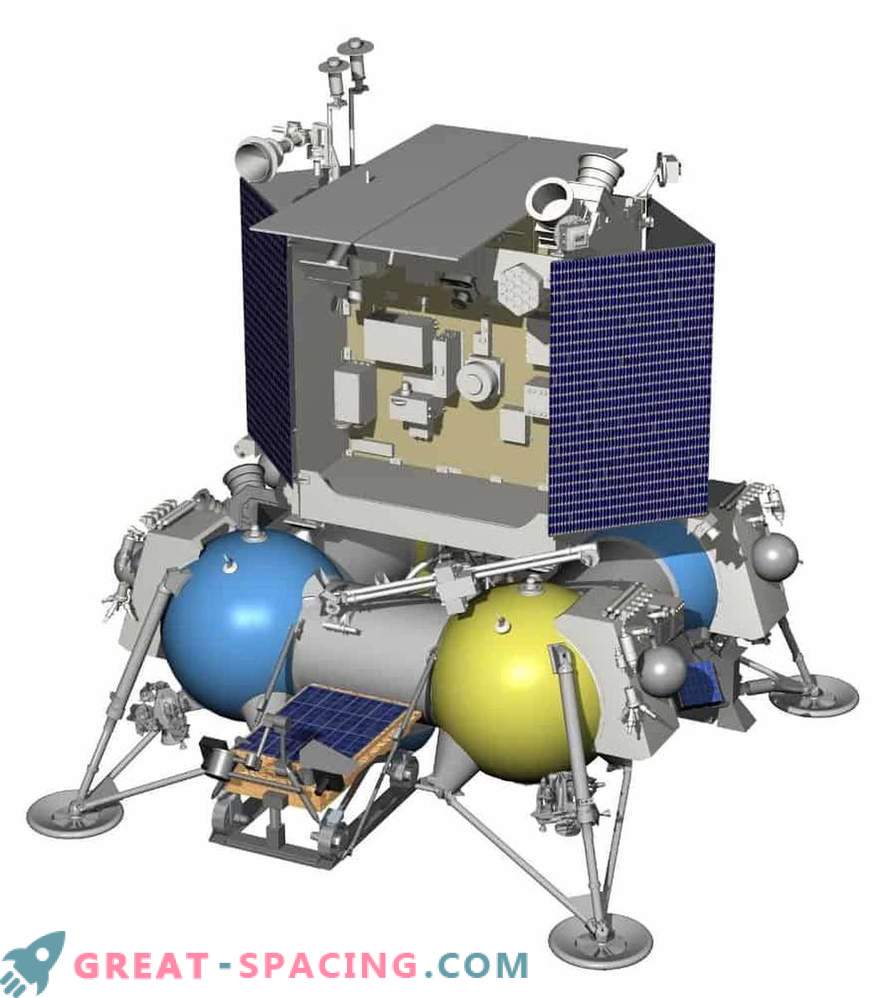
Luna Resource-1
Luna-26 is designed to create a comprehensive and global map of the satellite surface. The vehicle will move at an altitude of 200 km. To collect data plan to use a gamma and neutron spectrometer. With its help, it will be possible to create a map of the mineralogical composition, location of water ice, topography and also explore the exosphere.
Scientists hope to get a full understanding of the places in which certain elements are hidden and what concentrations are observed at certain locations. This is an important mission, since Luna-26 will be able to fly around almost all lunar areas. In addition, the tool will study the effect of cosmic rays on the surface, as well as measure the flow of neurons.
Postscript
After the Luna-26 space vehicle, Roskosmos plans to send Luna-27, where not only the rover will be located, but also the drilling rig for collecting subsurface samples. They want to launch it in 2024, but it is likely that the dates will also shift.



